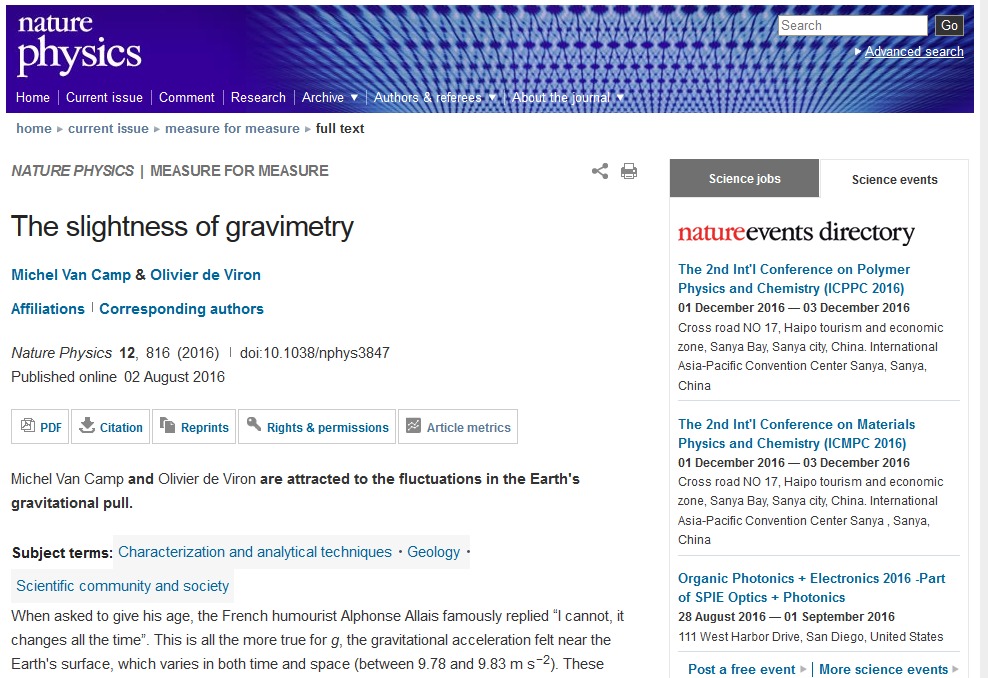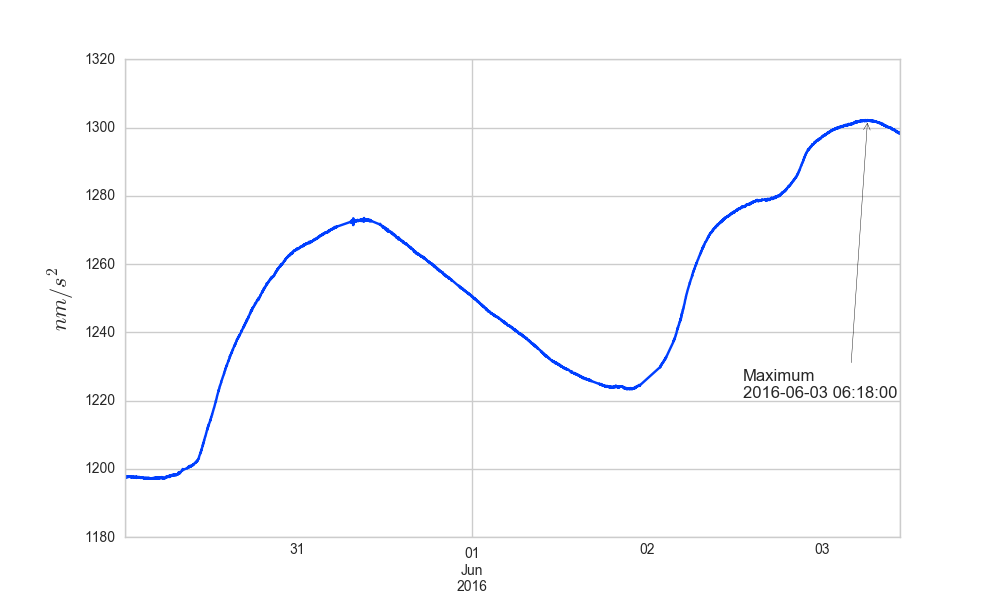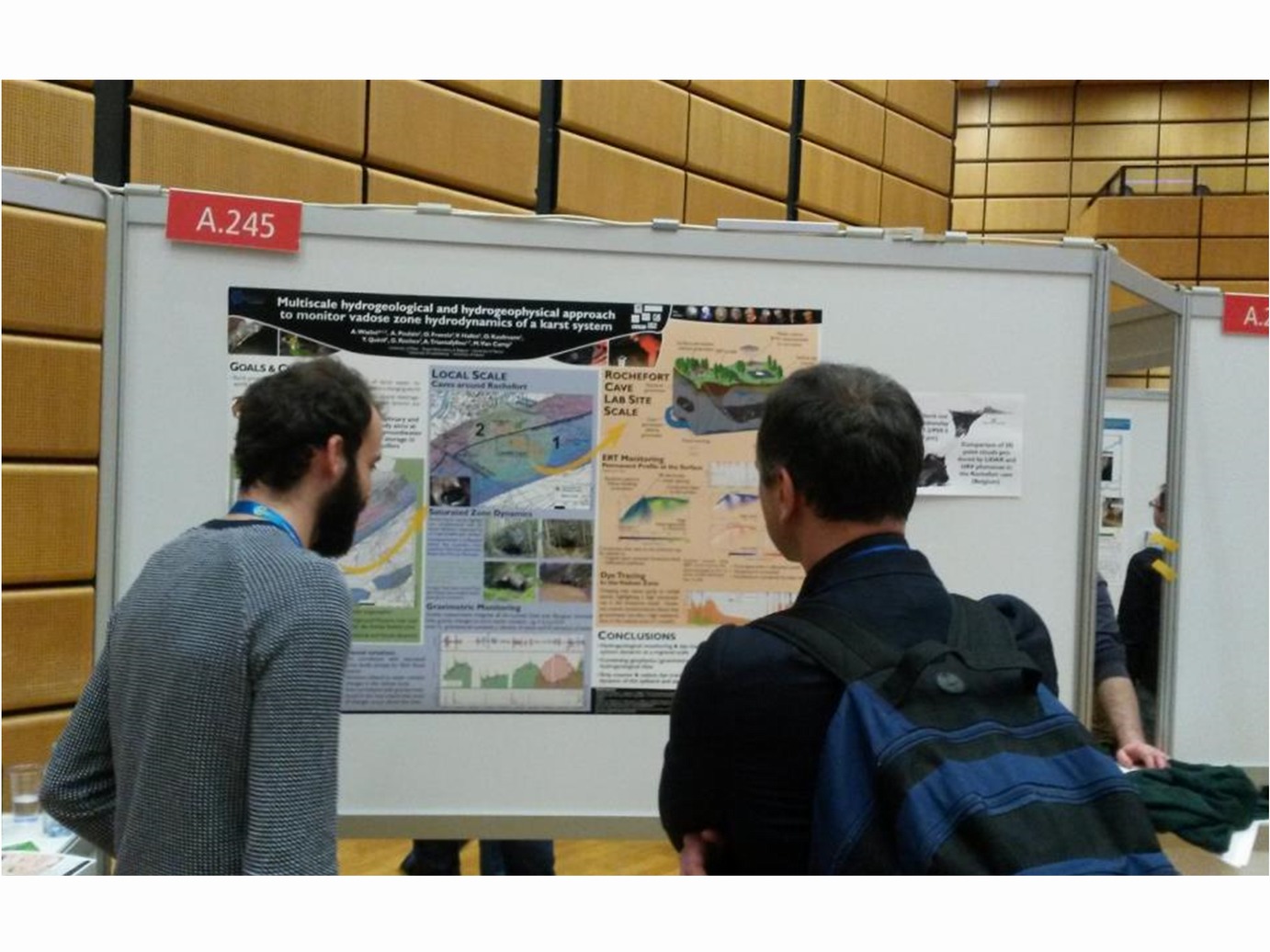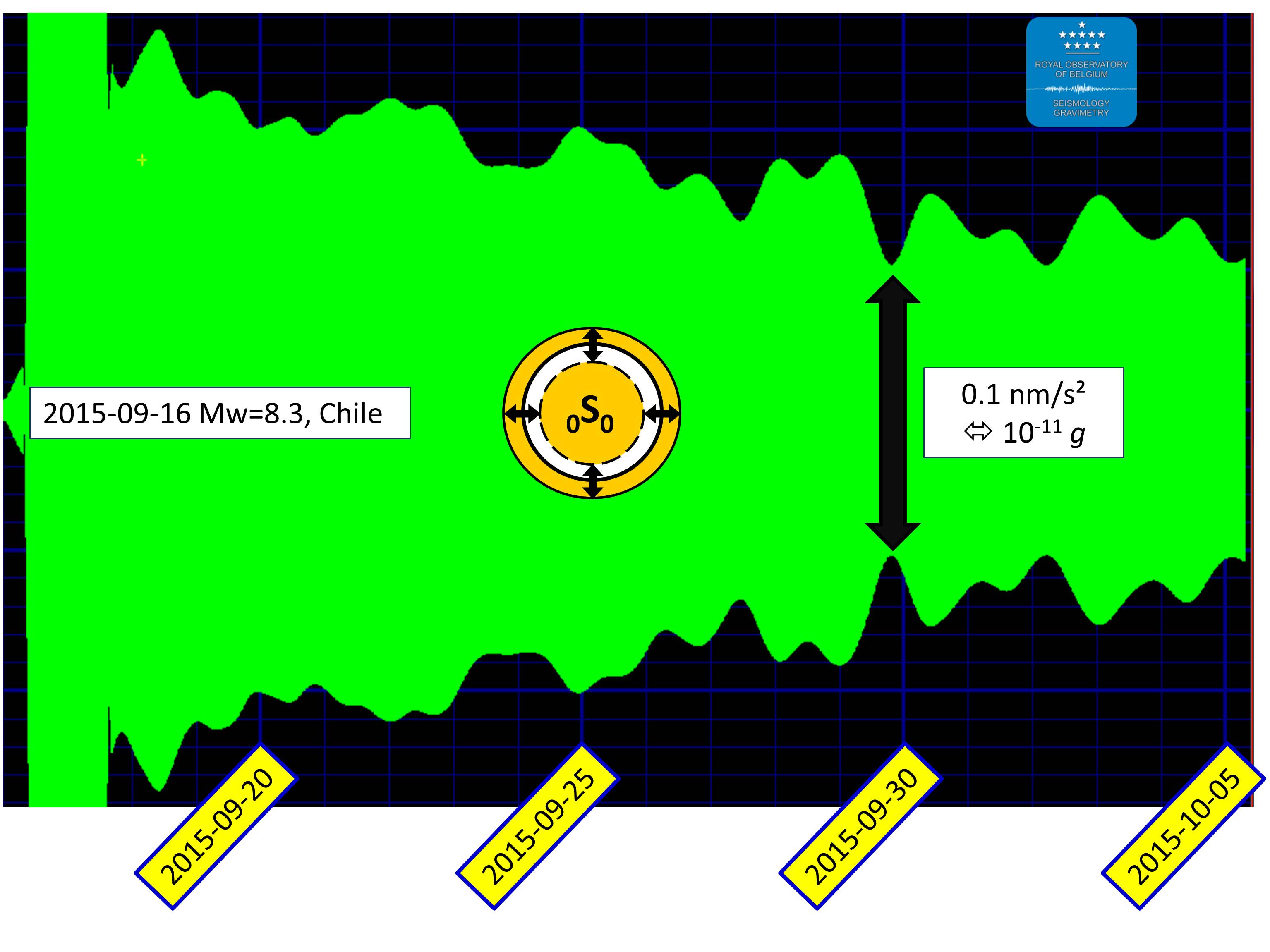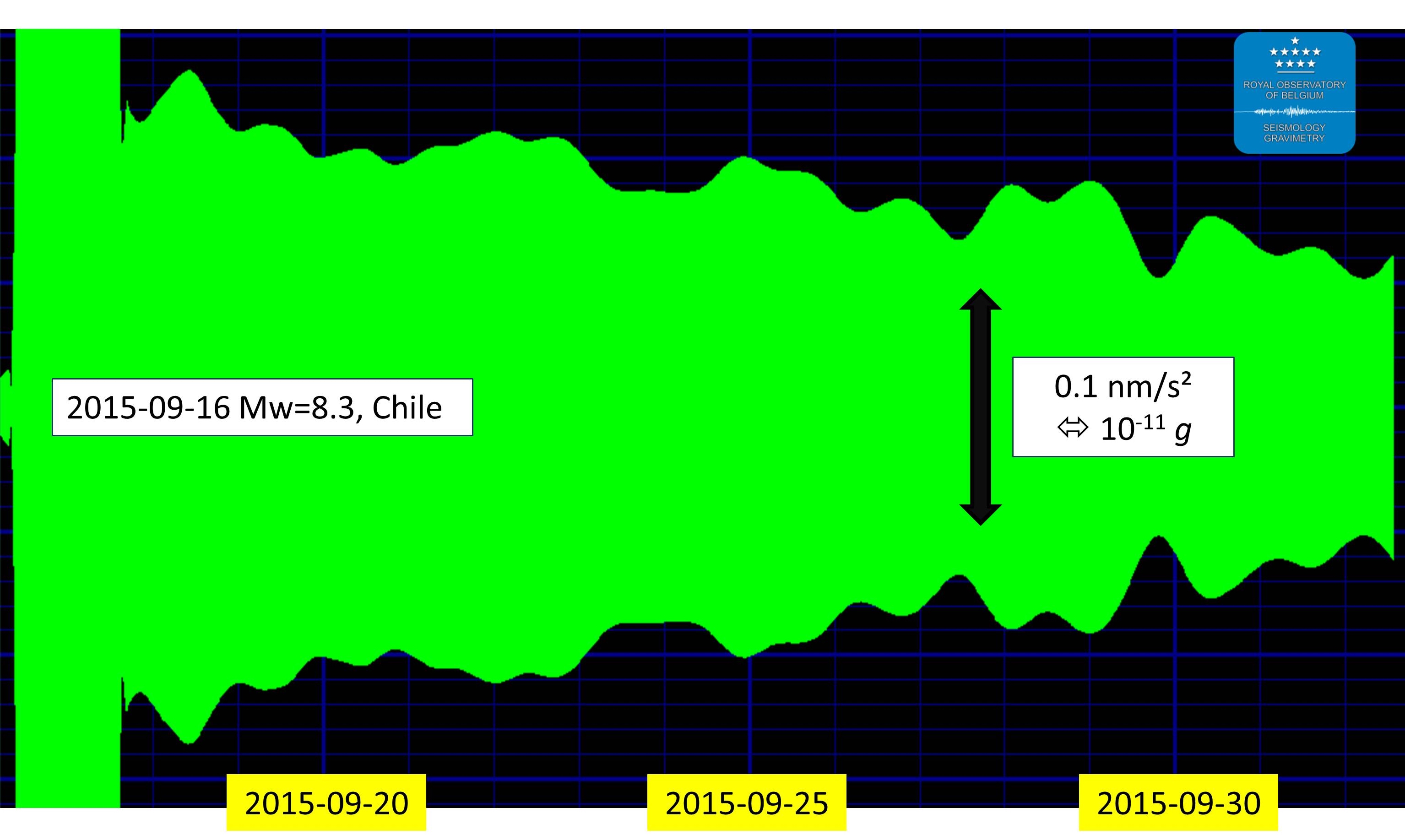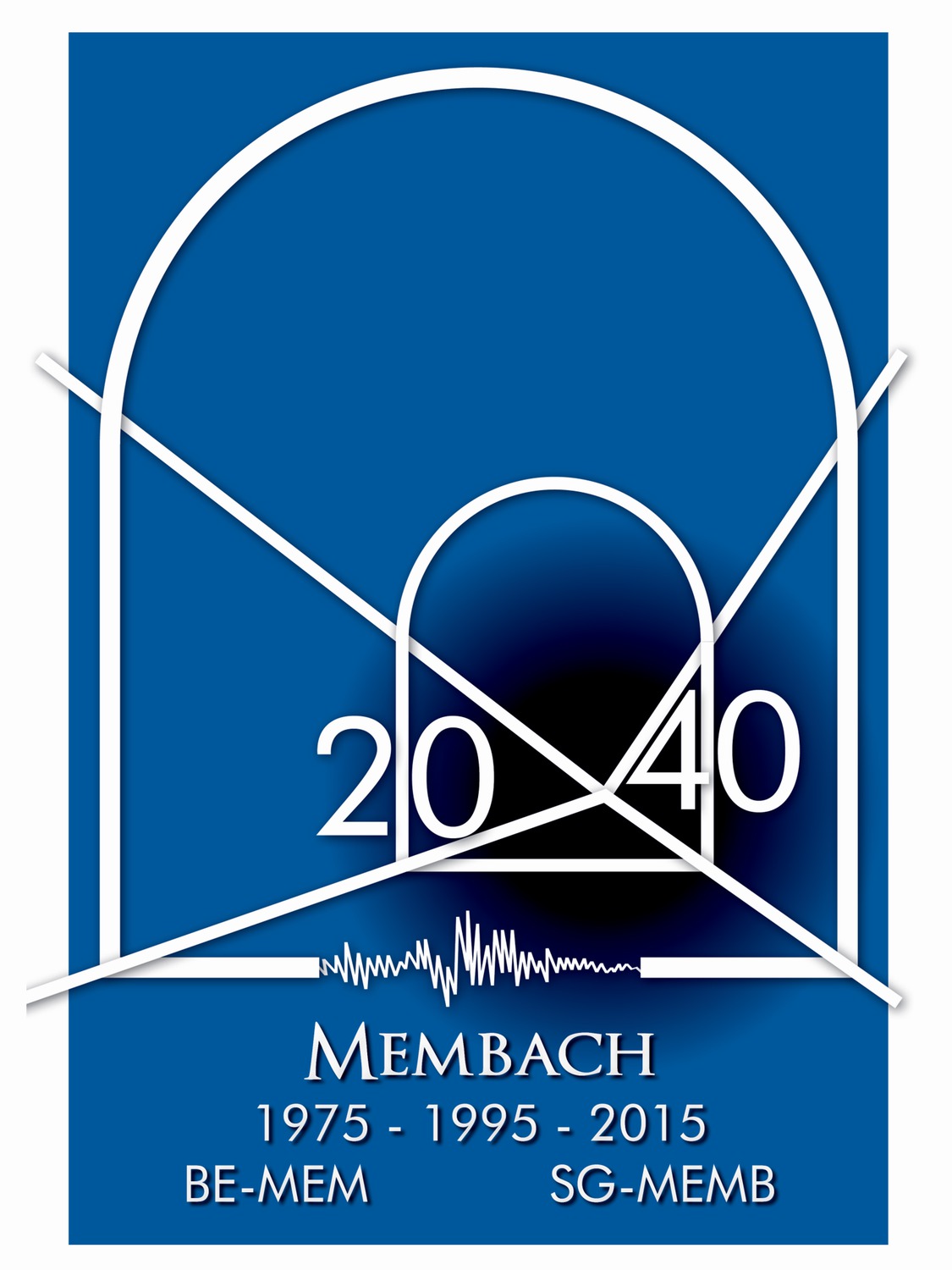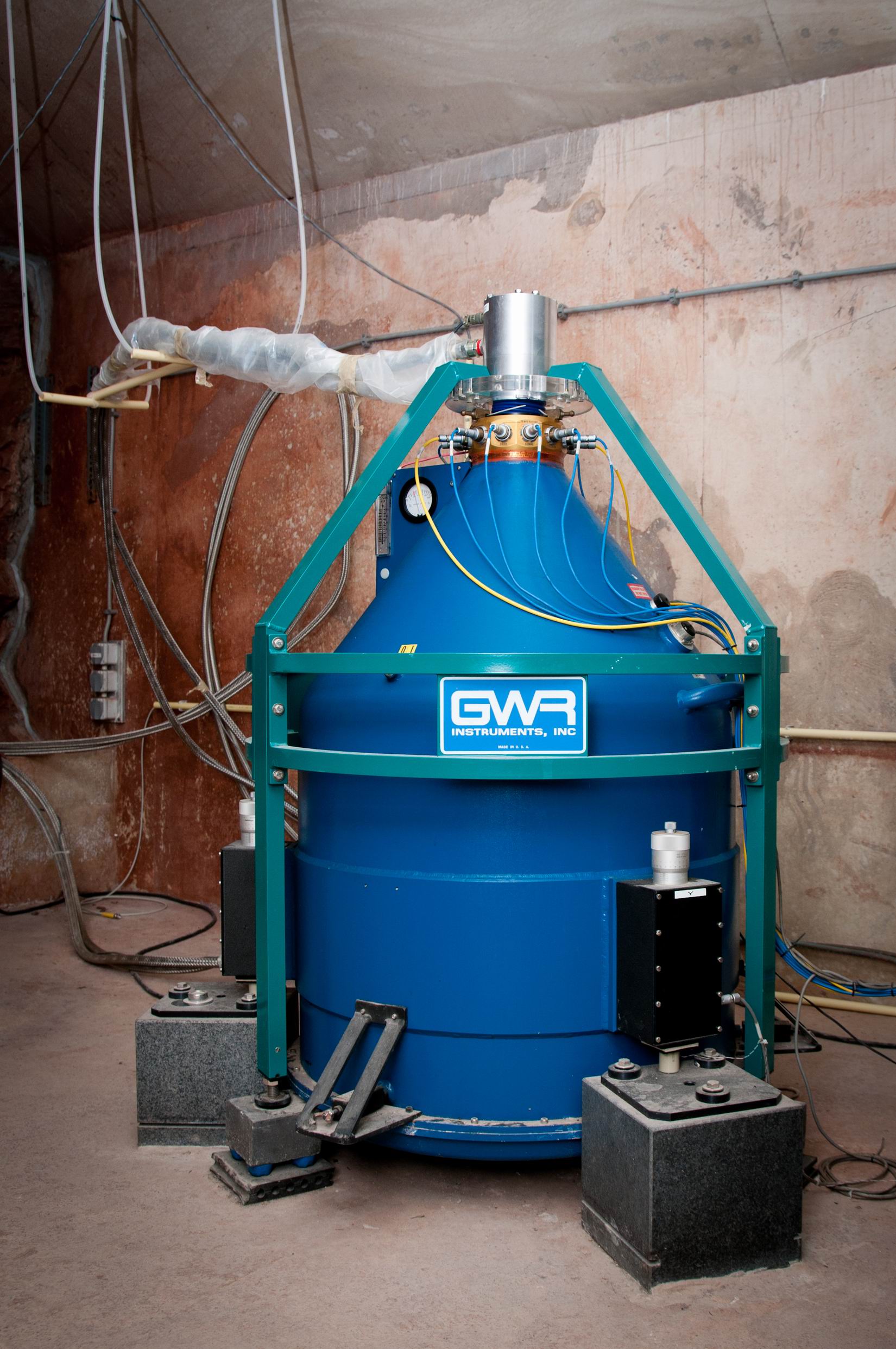02 January 2017:
A new Ph.D. student joints the KARAG team: Ir. Damien Delforge. The supervisors are Prof. Marnik Vanclooster (UCL, Earth and Life Institute/Environmental Sciences (ELI-e)) and Dr. Michel Van Camp (Royal Observatory of Belgium, Seismology-Gravimetry). This project is supported by the Fund for Scientific Research FNRS-FRIA.
The objective of the project is to improve gravity signal processing and karst systems modelling through the use of novel data mining techniques, derived from chaos theory, known as convergent cross mapping (CCM). CCM is a statistical method to elucidate cause-effect relationships between multiple time series that seek to resolve the problem that correlation does not imply causation. Regarding the uniqueness and the complex non-linear dynamics of karst systems, the main underlying assumptions are the following: (i) data-driven tools derived from the chaos theory and CCM appears to be relevant to investigate both the relationship between the gravimetric signal and the monitored environmental variables and the hydrological behaviour of a karst system; (ii) using CCM analysis, a framework can be built to assess the realism of a hydrological model structure in complex hydrologic systems such as karst systems; and (iii) the resulting model structure can lead to a better prediction in water storage changes (WSC) and therefore to a better interpretation of the gravity signal.
Based on this assumptions, this research aims at applying advanced causal analysis to characterize the relationships between gravity signals and the locally monitored environmental variables and to assess what are the dominant hydrological processes involved in a complex Lomme karst system.

